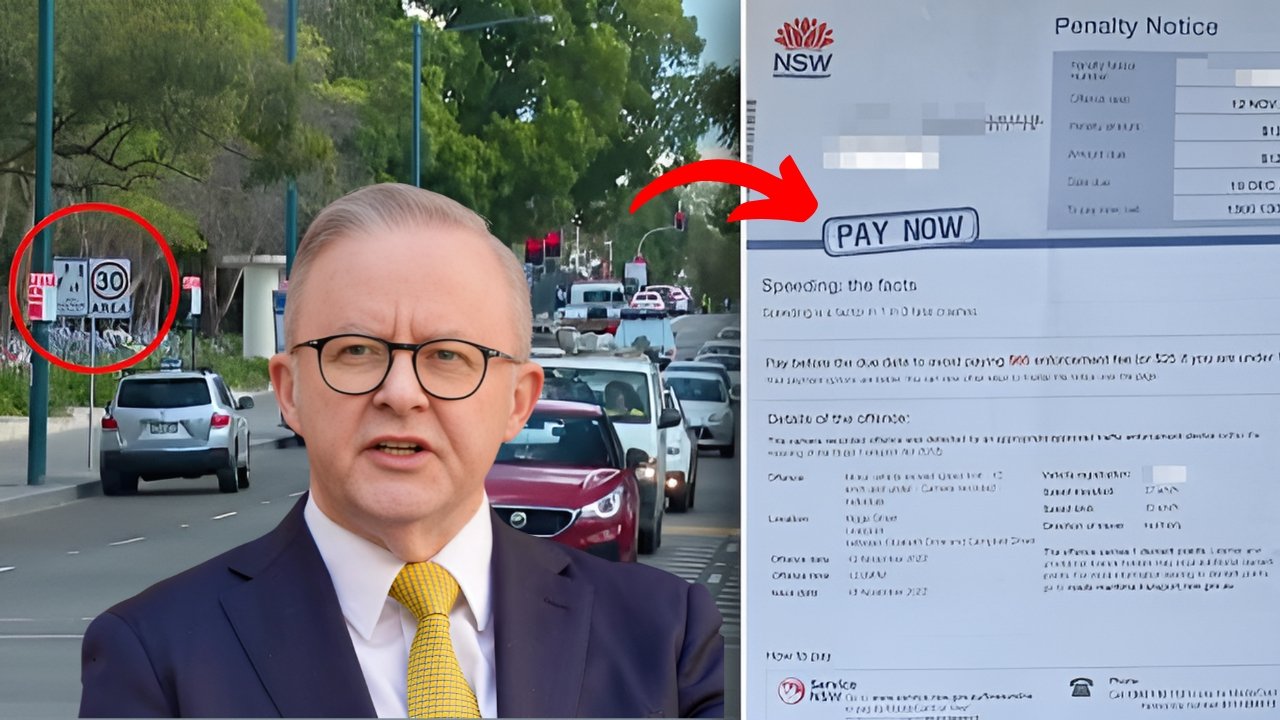
Australia’s newest speed camera program fired up with speed in every sense: in just seven days, it bagged $41,000 in fines and delivered that cash straight into state funds. Drivers cringed when penalty notices appeared, and it’s clear that the machines won’t be offering refunds.
The New Enforcement Reality
These cameras are not the same ones you might already know. They’re the latest turbo-charged evolution and manage more roads than an army of patrol cars ever could. Authorities loaded them with new tech that picks off the tiniest speed violations—those that earlier models often missed.
Behind the lens hides a pile of artificial intelligence algorithms. They tell the machine, “That’s a semis, and it’s going five over—penalize it, but skip the bicycle.” By calculating numbers faster than the speed of a speeding bike, these units stamp out loopholes that older cameras let slide.
The “toughest” label actually comes from where they sit. Authorities didn’t just plonk these monsters anywhere. They parked them on forgotten backroads where cars usually zoom unexpectedly fast and where wrecks already pile up. Smooth plan, right? The cameras think so, and the dollar signs already back them up, too.
What the Speed Cameras Really Cost You
Cameras set up at intersections now rake in about 6,000aday,asignthatplentyofdriversarestilllearningthehardway.Dependingonhowfastoverthelimitsomeoneis,ticketsherecanhitanywherefrom180 to $1,500. If you run the numbers, that adds up to several dozen people each day sliding the same way into the new fine system.
Families already squeezing a budget—thanks to the usual rise in bills, groceries, and school expenses—find these extra tickets sting the most. Just one fine can throw a week’s worth of groceries off the table and send parents scrambling to rearrange payments. Choice between paying a ticket or keeping the fridge filled is no choice at all.
The Other Side of the Story
People behind the cameras usually mention one thing they like about the rollout, but no one’s ever really clear on what that is. They always insist these cameras are more about saving lives than balancing the budget—meaning no one is admitting the fines are part of the equation.
“People just need to stop speeding in places where kids are crossing or people are getting off buses,” a spokesperson said on the record last week. That is the same line they have always run, and it usually calms the headlines but never a parent staring at a new fine with the due date right on top of the fridge.
People are naturally voicing strong frustration, and Twitter and Instagram are full of posts here about the new speed cameras. The common complaint is that the program seems to be about nailing small rule-breaks and not about fixing dangerous driving.
The Big Picture of Traffic Monitoring
Launching these cameras is only one slice of Australia’s bigger, smarter plan for keeping roads safe. New car gadgets, new roads, and new tech deliver each rule book, and the enforcement teams evolve right along with it.
The framework today depends on big-data. Alerts learn when and where behaviors change, so teams can park the patrol car right where a speeding curve turns dangerous after the morning school drop-off three days a week. With numbers driving the decision, the patrols pinpoint speeds that cause the darkest crash reports.
The early, clunk-in period managed to crank out more than $41,000 in penalties, a small X in a budget graph that looks to widen. History already teaches the curve: drivers drop excess speeds, cameras keep clicking, and the treasury inches upward, because once every curve and pedestrian crossing isn’t zero.
The Road Ahead
As every news feed and YouTube prank catches the new setups, habits inside the car will change. Will the tickers of the speedometer hit the limit and stay there, or will drivers ease only past the hidden crosswalk, crank back up a block later, and repeat the dance past the YouTube “-Ceara- FooWrapped?” Behind, the safety analyst is green-screening the answer they already wrote.
Evaluating the real benefit of the new speed cameras has to go beyond looking at dollar signs. The win happens when we see fewer crashes, milder injuries, and more drivers sticking to the signs we’ve put up, which is the goal put front and center by anyone focused on road safety and smart city forecasts.
In the meantime, drivers should keep their eyes glued to the speedometer, especially when they’re on new stretches of road where the cameras go about their jobs without drawing any attention.
FAQs
How do I find out where the new speed cameras are set up?
Most state transport websites publish lists of where the fixed speed cameras are stationed, but the portable ones can be set up anywhere without any early warning.
Does the fine come with demerit points?
Definitely—speeding laws usually add both a cash fine and a hit on your demerit points. The number of points depends on how much you were over the limit.
Can I fight a fine from one of these cameras?
Yes, you can challenge any traffic ticket, including one from a camera. For your challenge to hold water, though, you typically need proof that the camera wasn’t working right or that a different car deserves the ticket—arguing that speed enforcement is unfair usually won’t do the trick.
New Age Pension Work Bonus Rules in 2026 Explained – Complete Step-by-Step Guide…